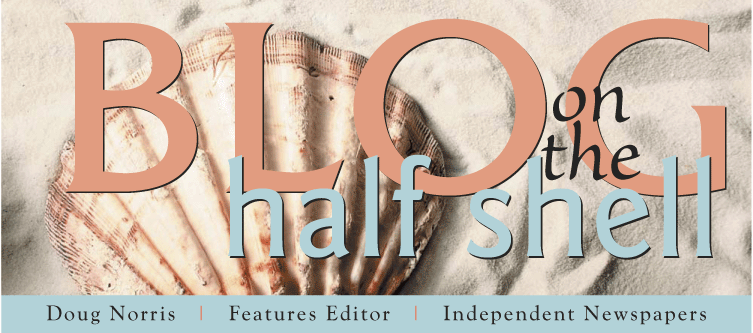Once upon a time in Rhode Island, everything was a Greenway or a Blueway. This was a place of wild seas and wilderness, providing a home for people who fished or farmed –or most likely, both. But with the advent of the Industrial Revolution, which turned Rhode Island into America’s first booming mill and factory community, the state rapidly lost ground to the ravages of modern living, requiring some visionaries of the day to insist on building public parks, riverside cemeteries and protected lands just to keep a little green alive in all that soot. Then in the baby boom following World War II, Rhody became suburbanized. We got mall-crazy and lost our wicked feng shui in a sea of asphalt, dead end streets and cul-de-sacs. From 1964 to 1997, Rhode Island’s farmland was cut in half. Not long after that, Smart Growth Rhode Island estimated that one of the consequences of unchecked sprawl would be a $1.5-billion tax bill for Rhode Islanders over the next 20 years. Just another reason why we should preserve what’s left of our Greenways and Blueways, before they all turn into Sprawlways.
We already mentioned the Greenways folks a couple of weeks ago, so this week we’ll give a nod to the R.I. Blueways Alliance, which is organizing a dozen unique paddling excursions down rivers, in lakes and ponds and along the coast of Narragansett Bay beginning in June. Collectively titled, “Paddle 2011: River, Pond and Bay Stories,” the trips are a joint effort between the alliance and several of the state’s watershed and historic groups.
The Tomaquag Indian Memorial Museum in Exeter and the Wood-Pawcatuck River Watershed Council in Hope Valley are teaming up for a talk-and-tour, with the first part inviting paddlers to the museum to learn about the way Narragansett, Wampanoag and Niantic Indians used kayaks to fish and forage, followed by a trip down the Wood River, among the spring anglers and wildlife found in abundance along the banks. The Ten Mile River Watershed Council will lead paddlers on a trip that follows the route Roger Williams took when he fled Massachusetts and landed in what would become Providence. Paddlers can explore a gorge, a fjord-like estuary, a pristine river or a salt pond. They can celebrate the summer solstice, the state’s historic mill culture or the natural world. Or they can learn the technique of stand-up paddle boarding.
Eric Wertheimer, who submits a pictorial column to the Arts & Living section of Independent Newspapers titled “Only in South County,” said that only when he began taking photographs in his “second life” did he become aware of how much water you find in Rhode Island. The more Rhode Islanders notice and engage with our waterways, the greater the possibility of keeping them blueways, instead of sludgeways. The more Rhode Islanders experience the woods and trails and pocket wildernesses of the state, the greater the odds of keeping them greenways, instead of trashways.
We may have lost the battle of sprawlways forever – I’m talking to you Bald Hill Road in Warwick and West Main Road in Middletown. Our main highway (Route 95) is mostly eyesore from the Route 4 split north to the Massachusetts border (despite the tidy skyline of Providence and whatever cheer the Big Blue Bug brings to the kitsch-minded among us). The concrete arteries spewing through Providence, Cranston and Warwick are so lacking in aesthetic that drivers apparently have no qualms about opening their windows en route and tossing out their trash in the scrub along the medians. The contrast with our greenways and blueways could not be more striking – which is why we should fight for their continued evergreen, everblue health. It's the kind of local color we can be proud of.
Where is the worst sprawl in Rhode Island?
[Blogger’s note: Half Shell will be testing the waters of Maine next Monday. Check back on Tuesday to see how the world is living la vida Rhody.]
Monday, May 23, 2011
Subscribe to:
Posts (Atom)

